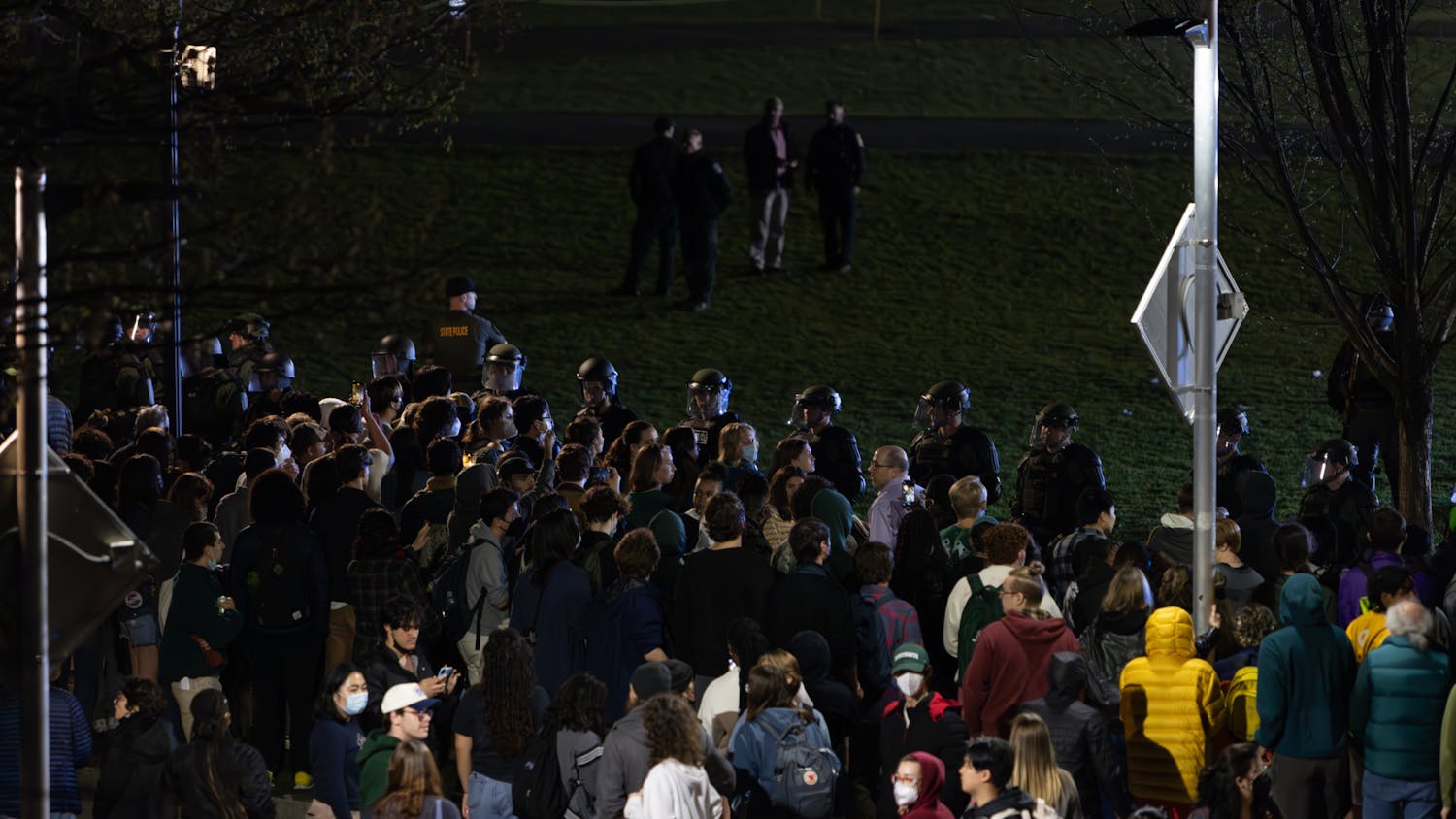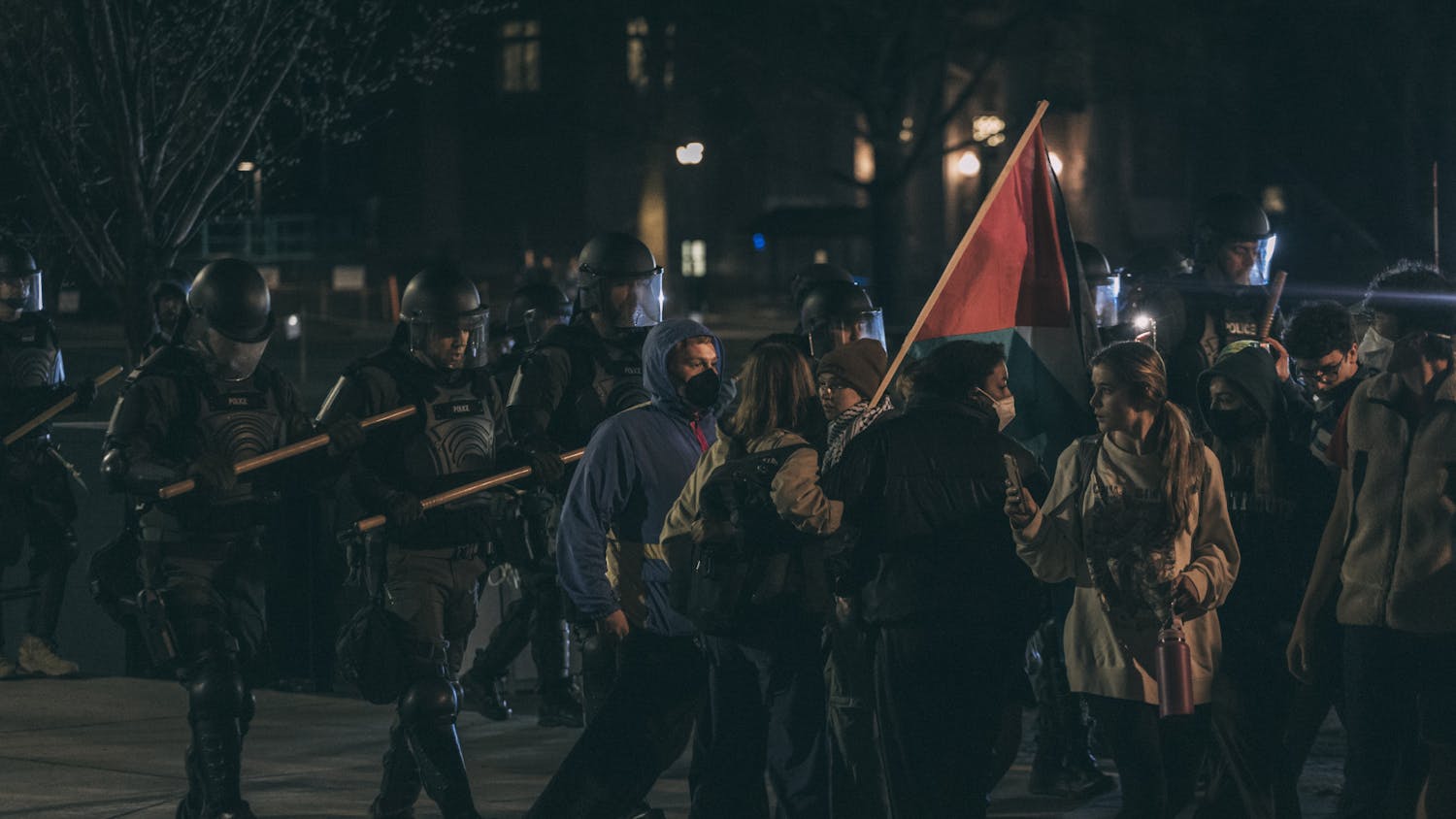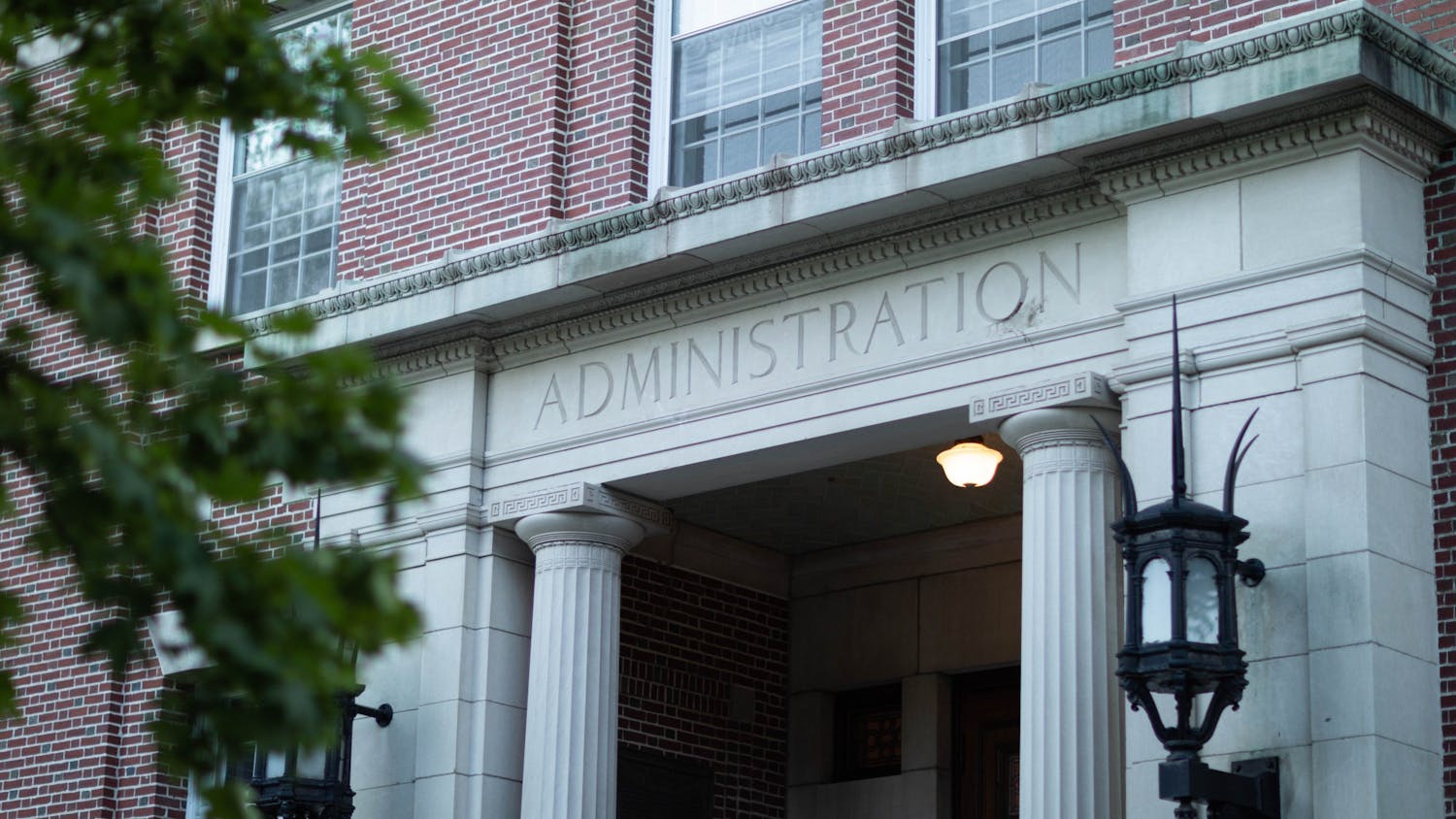The only reminder of problems walking through Hanover is the occasional police officer telling a car to stop for pedestrians. But even in this quiet New Hampshire town, the recent wave of gun violence and school shootings is a persistent worry for Hanover High School Principal Uwe Bagnato.
Phrases like "If I had a gun I would blow your head off," no longer fly in the post-Columbine era, he said. Now school administrators nation-wide cannot avoid the threat of firearms, even in seemingly safe, rural and suburban neighborhoods.
In Hanover, where residents do not typically lock their doors and where children roam free on Main Street, the local high school has not yet considered school-based prevention programs, according to Bagnato.
However, he said he is still concerned about how students interact socially and address each other while at school.
"There are certain words you don't use in school. Period," explained Bagnato. National studies have shown that hostile language is the first warning sign that physical aggression might be on the way.
Though dangerous weapons possession had been monitored on school campuses long before the incident at Columbine, Dylan Klebold and Eric Harris shocked America with their direct attack on seemingly peaceful suburbia.
They proved that juvenile firearm possession is not limited to inner city gang members and the drug trade as was formerly assumed. Though the total number of school homicides has decreased from 1992-1998, the Children's Defense Fund reports that about 10 percent of American high school students carry a weapon on school property on a regular basis.
Many schools are taking a more direct approach to protecting their students than is Hanover High.
"There is much more of a front line awareness of our responsibility of operating a safe school," explained Joseph Rodgers, principal of Cheltenham High School -- located in the suburbs of Philadelphia.
He has been principal of Cheltenham for 13 years and said that practices and attitudes have changed dramatically throughout his tenure.
The school "prepares for the unthinkable" by writing manuals and holding drills. And this year, for the first time, all students are required to wear their identification cards when they are at school.
Rodgers pointed to the fact that students have embraced the new ID card initiative as normal as proof that students "must be concerned about safety."
He said the new regulation -- and the presence of a police officer who guards the school for half the school week -- puts "a visible face on our commitment safety. It sort of symbolizes that we care about the issue of safety and security."
Rodgers emphasized that violence has not escalated at his school in the past decade. In fact, he said there had been more troubling incidents of school violence before he even started his time at Cheltenham.
However, he called the time following the Columbine massacre "the hardest week or week and a half of my life."
"The level of fear, it was just unbelievable," he said. "The world turned upside down ... I felt perfectly safe, but I didn't feel that I could make people understand that things were okay."
In the aftermath of incidents like the one at Columbine, conferences of school administrators focus, for the most part, on making schools safe for students.
"Everybody in this business thinks about it sometimes and really prays that they don't have to deal with that kind of a situation," Rodgers said.
In recent years, journalists, scholars and professionals have inspected the national problem of gun violence and have developed multiple theories on why it exists and how to prevent it.
"Gun violence among youth follows a pattern similar to that of infectious diseases. And like disease epidemics, it is contagious," said Jeffrey Fagen, director of Columbia University's Center for Violence Research and Prevention in a recent interview.
He points out that in modern America guns play a significant role in youth culture and represent a powerful inner-city identity. However, he notes that recently, the gun problem has overflowed into the country's suburbs and rural areas.
Fagen's work shows that few inner-city shootings take place on or near school grounds. He explains that "urban kids have many different stages in which to act out that process of adolescent identity -- the parks, clubs, streets corners." But in rural and suburban areas, the public locations for social demonstration are less abundant, and are confined to the school setting.
And in Aug. 1998, the American Bar Association, through its Coordinating Committee on Gun Violence, proposed two solutions to the problem of youth violence.
The first is a school-based peer mediation program whose goal is "to teach and enhance the next generation's (and perhaps their parents) skills in resolving conflict peacefully."
In conjunction with this program, a schools would offer firearm education programs aimed at teaching high school students about firearm risks. By targeting the psychological root of violence and its tool, these proposed programs hope to guarantee students a safer learning environment.



